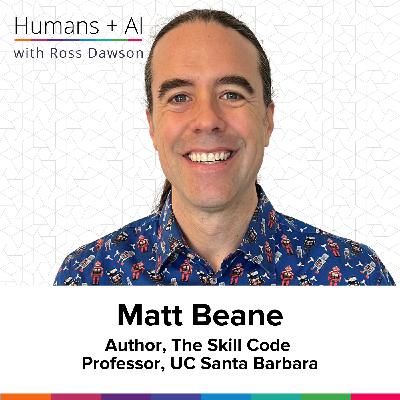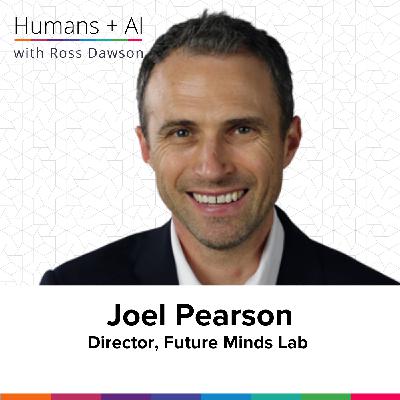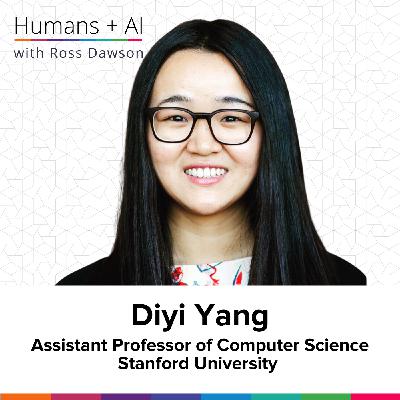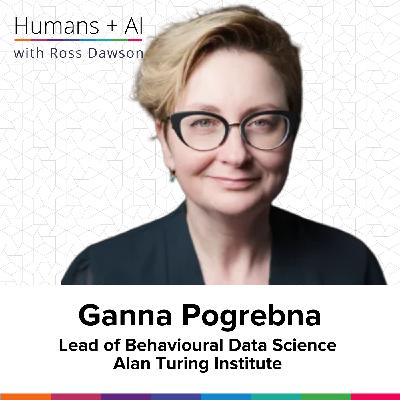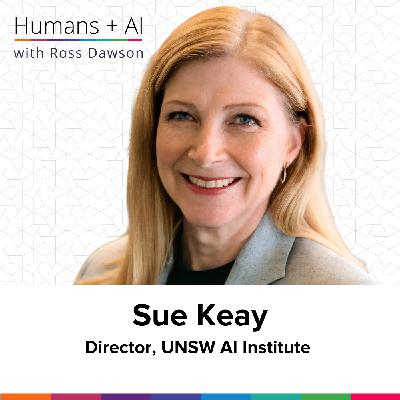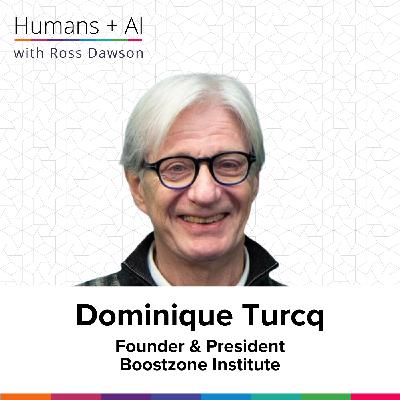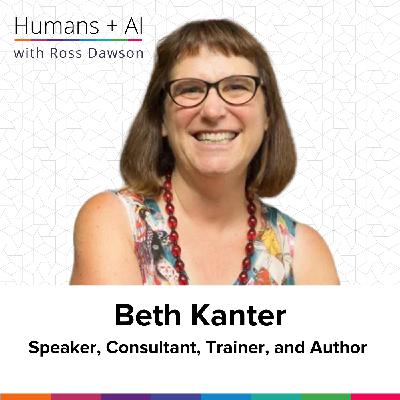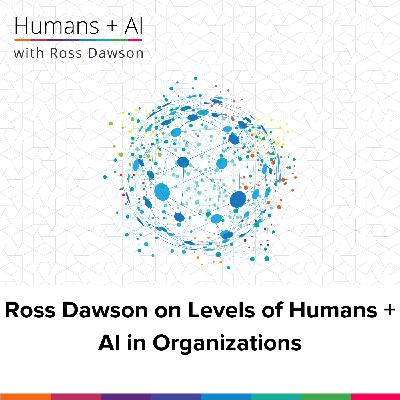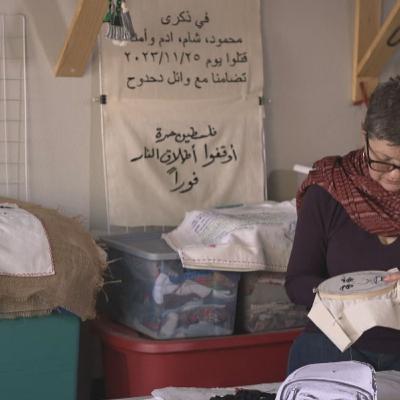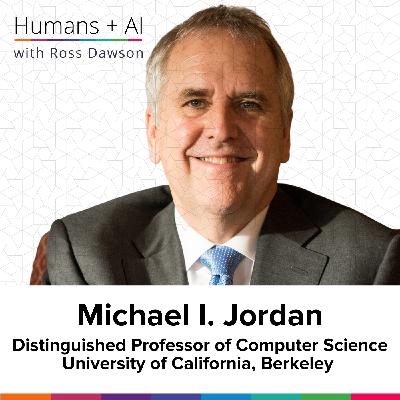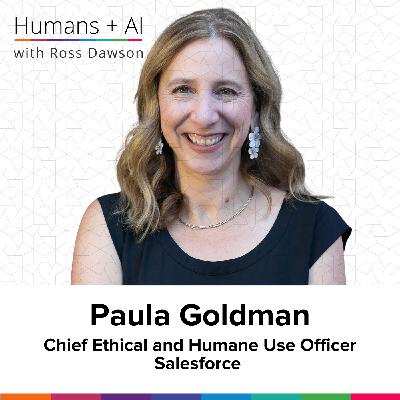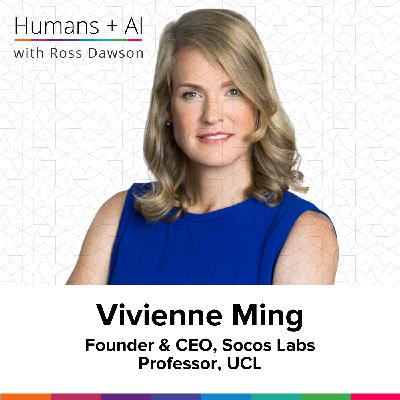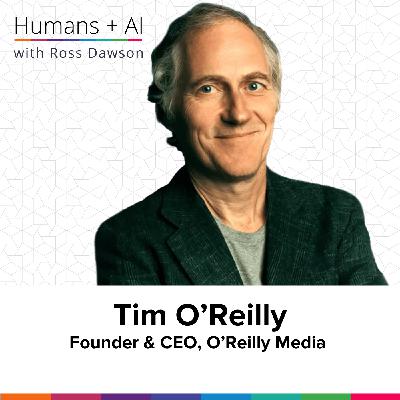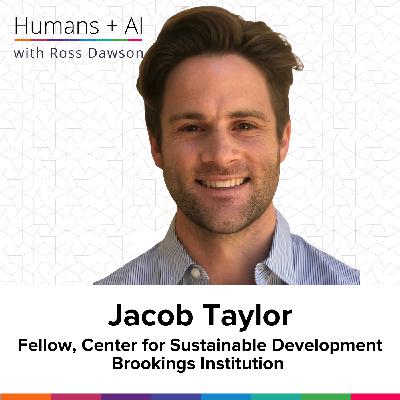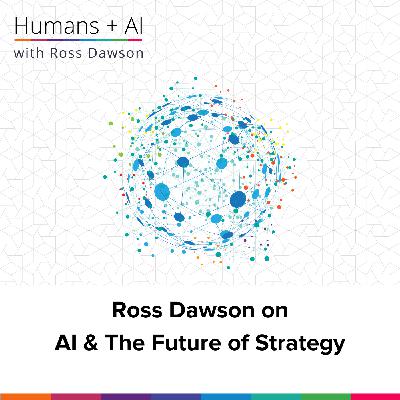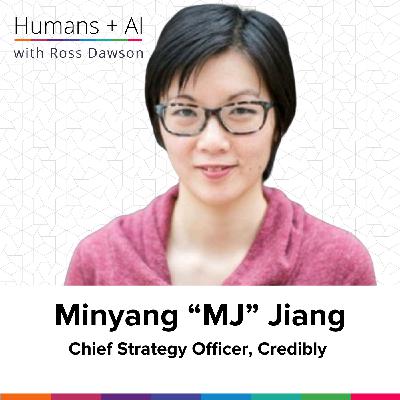Matt Beane on the 3 Cs of skill development, AI augmentation design templates, inverted apprenticeships, and AI for skill enhancement (AC Ep12)
Description
“The primary source of our reliable ability to produce results under pressure—i.e., skill—is attempting to solve complicated problems with an expert nearby.”
–Matt Beane

About Matt Beane
Matt Beane is Assistant Professor at University of California Santa Barbara, and a Digital Fellow with both Stanford’s Digital Economy Lab and MIT’s Institute for the Digital Economy. He was employee number two at the Internet of Things startup Humatics, where he played a key role in helping to found and fund the company, and is the author of the highly influential book The Skill Code: How to Save Human Ability in an Age of Intelligent Machines.
What you will learn
- Redefining skill development in the age of AI
- Why training alone doesn’t build true expertise
- The three Cs of optimal learning: challenge, complexity, connection
- How AI disrupts traditional apprenticeship models
- Inverted apprenticeships and bi-directional learning
- Designing workflows that upskill while delivering results
- The hidden cost of ignoring junior talent development
Episode Resources
Transcript
Ross Dawson: Matt, it is awesome to have you on the show.
Matt Beane: I’m delighted to be here. Really glad that you reached out.
Ross: So you are the author of The Skill Code. This builds on, I think, research for well over a decade. It came out over a year ago, and now this is very much of the moment, as people are saying all over the place that entry-level jobs are disappearing, and we’re talking about inverted pyramids and so on. So, what is The Skill Code?
Matt: Right. The first third of the book is devoted to the working conditions that humans need in order to build skill optimally.
The myth that is supported by billions of dollars of misdirected investment is that skill comes out of training. And that is—we just have a mountain of evidence that that’s not so. It can help, it can also hurt. But the primary source of our reliable ability to produce results under pressure, IE, skill, is attempting to solve complicated problems with an expert nearby.
Basically, we can learn, of course, without these conditions—sort of idealized conditions—but it can be great. And the first third of the book is devoted to what does it take for it to be great?
I got there sort of backwards by studying how people were trying to learn in the midst of trying to deal with new and intelligent technologies at work—and mostly failing. But a few succeeded. And so I just looked at those success cases and saw what they had in common across many industries and so on.
So, I break that out in the beginning of the book into three C’s—thankfully, in English, this broke out that way: Challenge, Complexity, and Connection. And those roughly equate—well, pretty precisely, actually, I should own the value of the book—they equate to four chunks of characteristics of the work that you’re embedded in that need to be in place in order for you to learn.
Challenge basically is: are you working close to, but not at, the edge of your capacity?
And complexity is: in addition to focusing on getting good at a thing that you’re trying to improve at, are you also sort of looking left and looking right in your environment to digest the full system you’re embedded in? That’s complexity.
And connection is building warm bonds of trust and respect between human beings. All three of those things—I could go into each—but basically, in concert, in no particular sequence—each workplace, each situation is different—but these are the base ingredients.
I used a DNA metaphor in the book. These are sort of the basic alphabet of what it takes to build skill, and your particular process or approach or situation is going to vary in terms of how those show up.
Ross: So, for getting to solutions or prescriptions, I mean, it’s probably worth laying out the problem.
AI or various technologies are making those who are entering the workforce—or entering particular careers—be able to readily do what they do. And essentially, a lot of the classic apprenticeship-sty

